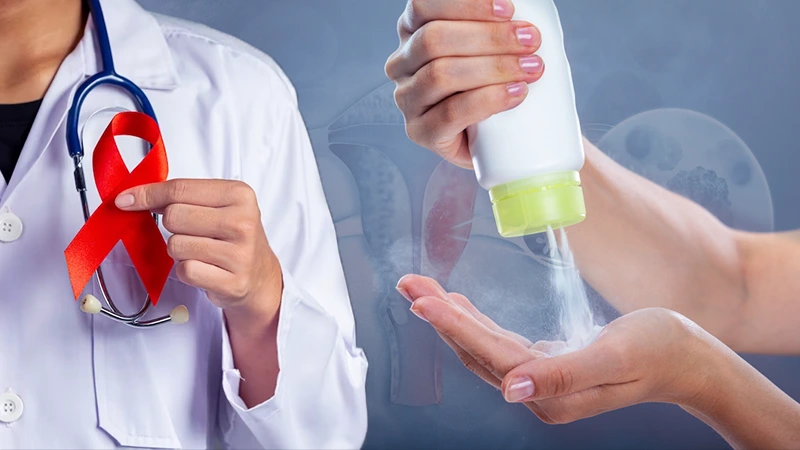The Importance of Rubber in the Medical Industry
According to recent government data, national healthcare expenditures grew to $4.1 trillion in 2020 and accounted for 19.7 percent of our nation’s Gross Domestic Product (GDP). As new technology enters the medical market, that number is expected to increase to $6.2 trillion by 2028. Along with that comes the opportunity for humans to live happier, healthier lives.
However, whether it’s aeronautics or medicine, new technology requires a diligent focus on the quality of materials and components used to build the device. Since technology is only as good as its parts, the supply chain decisions used during the manufacturing process are crucial.
Additionally, the medical and biomedical industry requires rubber components with superior sealing capability while resistant to chemicals and sterilizers frequently used in hospital settings. When the effectiveness of a piece of equipment or medical implant is a matter of life or death, this is one industry that can’t cut corners on quality and craftsmanship.
Rubber Seals for Medical Devices
For obvious reasons, the rubber used for medical applications must meet specific requirements and be produced in an environment free of contaminants. Additionally, any medical-grade elastomers should be tested according to FDA Class VI or ISO 10993 protocols to ensure there are no contaminated particles or static electricity that could cause a medical device to fail.
Despite their small size, these elastomers have a large role to play. You will find these components across doctors’ offices and hospitals around the world, including fluid seals, o-rings, gaskets, couplings, and tubing for:
- Drug delivery systems
- Ventilators
- Medical testing consumables
- Medical pumps/IV pumps
- Feeding devices
Without strong seals to keep chemicals separated or moisture contained, these important medical devices would inevitably fail or not run at optimal performance levels.
Rubber Implants
Another important use of rubber in medicine is in implantable devices like pacemakers, hip replacements, artery stints, and new valves, which all must remain in the body for an extended time. Additionally, scientists continue to advance silicone rubber-based devices, such as cochlear implants, to help patients live longer, happier lives. For any of these treatments to work, they need to start with high-quality components tested for use in medical environments and are biocompatible with the human body.
For example, an implantable pacemaker requires an electrical supply or battery to operate. The device uses electrical signals and electrostimulation to regulate the heart’s rhythm. While monitored by cardiologists, these devices have fluid seals that can cause pacemaker failure if they don’t do their job and hold the seal correctly. That’s over 300 million people worldwide counting on a small piece of rubber to keep their hearts beating as they should.
The Advances Show no Sign of Stopping, All Thanks to Rubber
Precision is necessary for sensitive gauges, making it necessary while constructing the gauge components. Ultimately, smart manufacturers cannot risk using low-quality rubber components in their implants or medical devices when it’s about saving lives. The resulting lawsuits would be reason enough to avoid it at all costs.
The best part is that science of elastomers is constantly evolving, and researchers are finding additional uses for rubber components by testing the boundaries of their sealing capacity and durability. They are also discovering new technology that can be used in medical applications to save lives and reduce pain.













